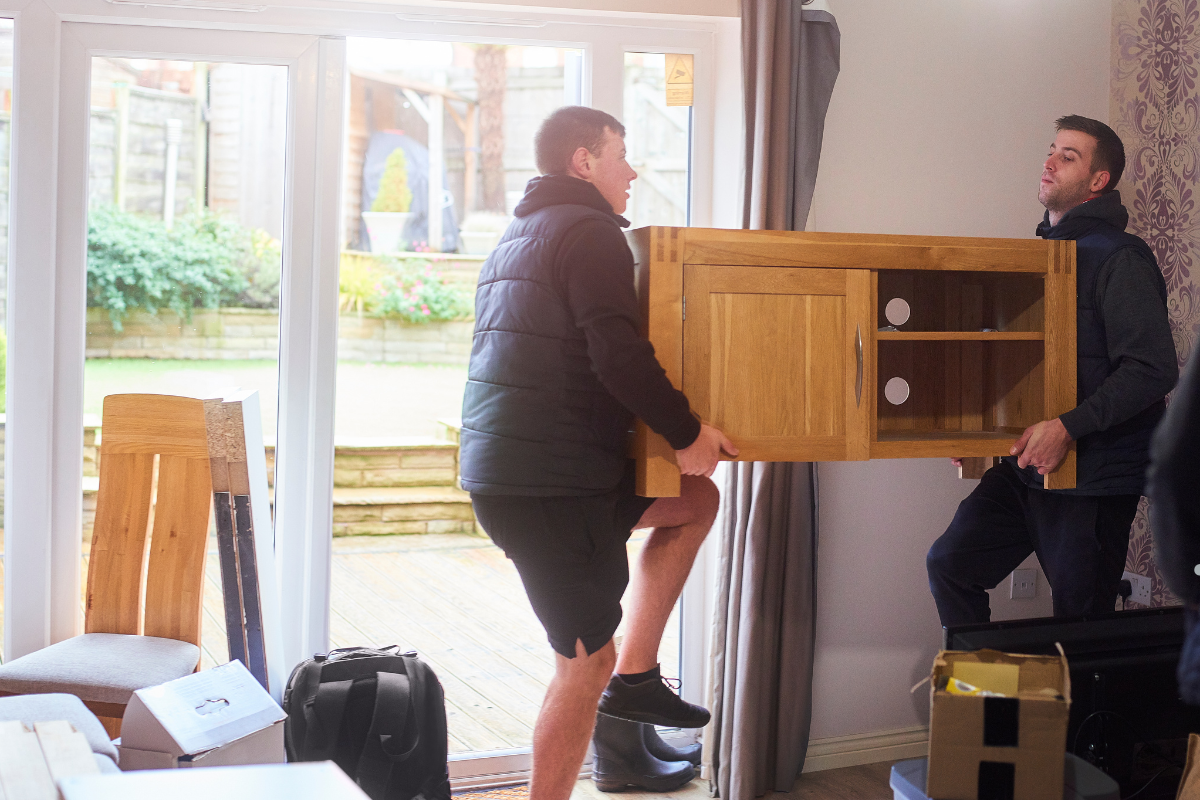Mildew on outdoor furniture can quickly become a problem, especially if your patio or garden is in a shaded, damp area. Not only does mildew look unsightly, but it can also damage the furniture's surface if left untreated.
In this guide, we’ll walk through the best ways to remove mildew from outdoor furniture and keep it looking fresh for years to come.
Step 1: Assess the Material of Your Furniture
Different materials require different cleaning techniques, so it’s important to first determine what your outdoor furniture is made of:
- Wood: Mildew can penetrate into the grain of wooden furniture, especially if it’s untreated or aged.
- Metal: While metal is less susceptible to mildew, it can still develop spots, particularly in moist environments.
- Plastic or Resin: Although generally mildew-resistant, plastic furniture can accumulate grime that leads to mildew.
- Fabric Cushions: Cushions, umbrellas, and other fabric elements are prime spots for mildew growth in humid conditions.
Step 2: Choose the Right Cleaning Solution
For Wood:
- White Vinegar Solution: Mix equal parts white vinegar and water in a spray bottle. Vinegar is a natural antifungal and can help eliminate mildew without damaging the wood. Spray it on the mildew, allow it to sit for 15 minutes, and then gently scrub with a soft-bristle brush.
- Mild Soap and Water: For less severe mildew, you can use a mixture of mild soap and water. Scrub lightly and rinse thoroughly.
For Metal:
- Soap and Water: Metal is less prone to mildew, but if you notice mildew growth, a simple soap and water solution should suffice. Scrub gently with a sponge, then rinse with water.
- Vinegar Solution: If the mildew is more stubborn, you can use a vinegar solution, but avoid leaving it on too long as it can affect certain metal finishes.
For Plastic or Resin:
- Baking Soda Paste: Make a paste by mixing baking soda and water. Use a soft brush to scrub the mildew spots, then rinse with water.
- Vinegar Spray: If you prefer a natural cleaner, use the vinegar solution to tackle mildew on plastic furniture.
For Fabric Cushions:
- Oxygen Bleach: Oxygen bleach is a safer alternative to chlorine bleach and can be used on most outdoor fabrics. Mix it with water and apply it to the mildew-stained fabric. Scrub gently and rinse with water.
- Vinegar and Water: Spray a mixture of vinegar and water on fabric mildew, scrub with a brush, and rinse thoroughly. Be sure to dry cushions completely to avoid mildew returning.
Step 3: Rinse and Dry Thoroughly
After cleaning, rinse the furniture with water to remove any cleaning solution residues. Be sure to dry everything thoroughly, as moisture can lead to more mildew growth. For fabrics, place them in direct sunlight to dry, as sunlight helps to kill mildew spores. If your furniture has suffered extensive damage, consider reaching out to Furniture Repair Services near me to restore its appearance and durability.
Step 4: Mildew Prevention Tips
Preventing mildew is much easier than removing it. To keep mildew at bay, follow these tips:
- Keep Furniture Dry: After rain or morning dew, wipe down your furniture to remove excess moisture.
- Store During Rainy or Cold Seasons: If you can, store your furniture in a dry location when it’s not in use for extended periods.
- Use Protective Covers: Invest in weatherproof covers for your furniture to shield it from the elements.
- Apply Wood Sealants: Seal wooden furniture to create a barrier that prevents moisture from seeping in.
Conclusion
Mildew can make even the nicest outdoor furniture look worn and dirty. By following these steps and using the appropriate cleaning solutions for your furniture’s material, you can quickly eliminate mildew and prevent it from coming back. With regular maintenance and protection, your outdoor space will remain a mildew-free retreat all season long.
Struggling with worn-out furniture? Check out our DIY Fix for Peeling Leather Furniture: Save Your Couch! and don't forget these Top Tips for Removing Mildew from Outdoor Furniture to keep your patio looking fresh.





Comments